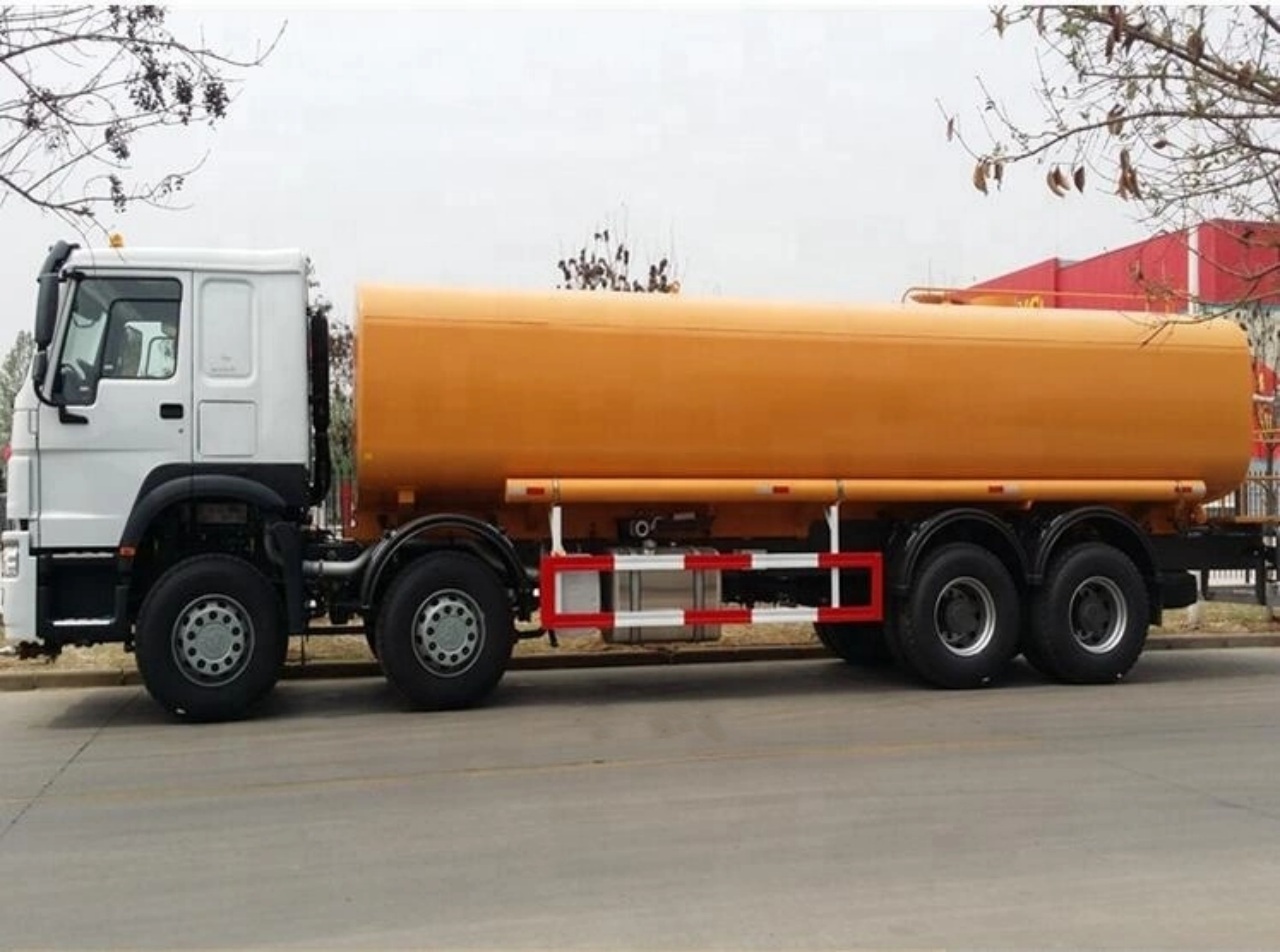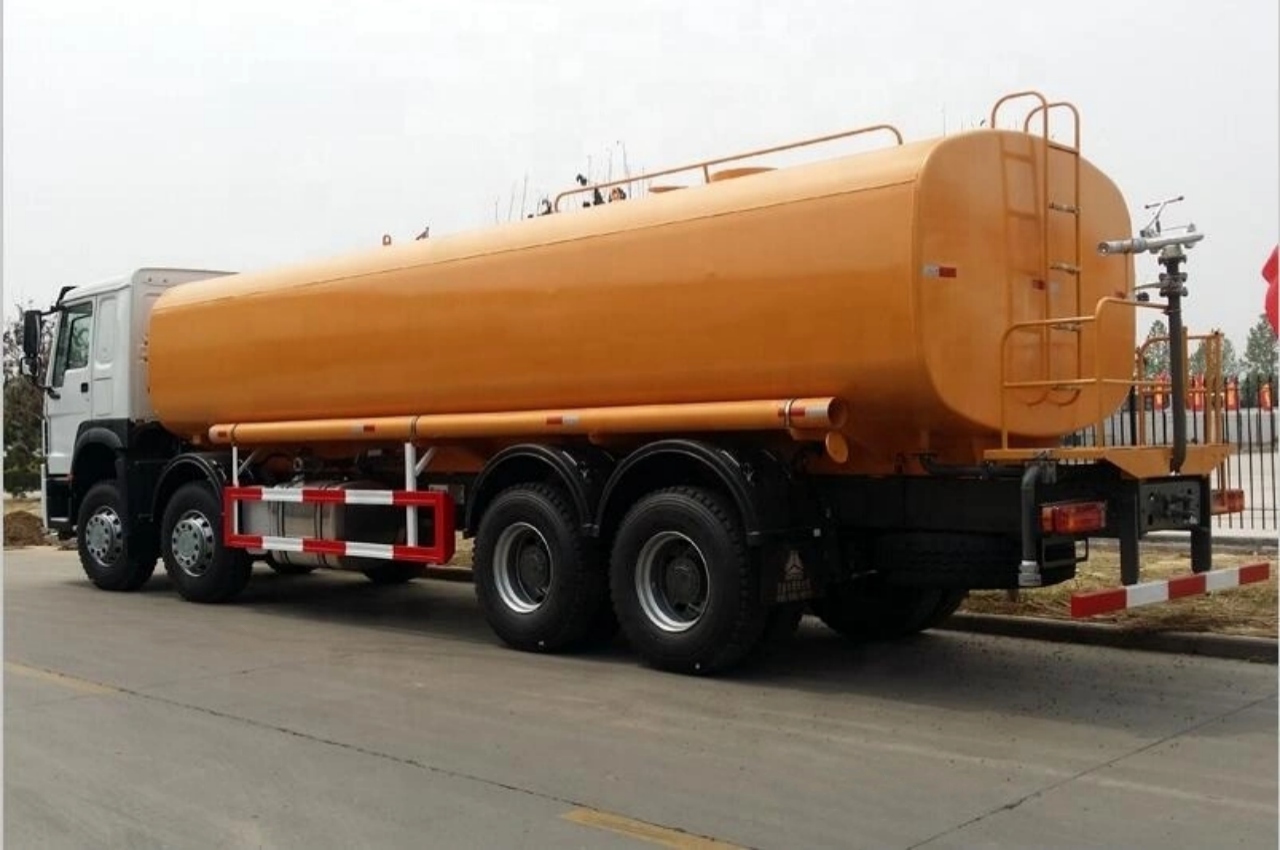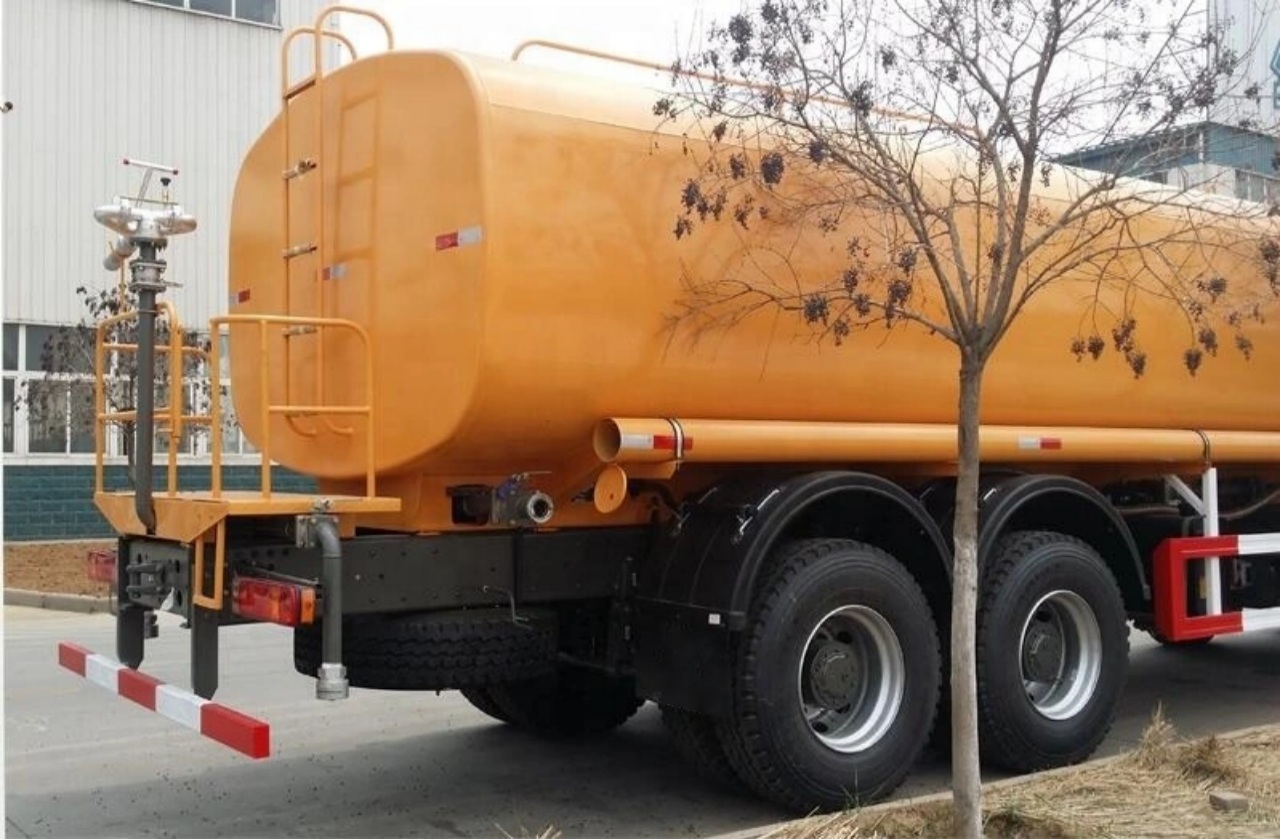Water trucks, often referred to as water tank trucks or simply water trucks, play a crucial role in various industries and applications where the transportation and distribution of water are essential. These specialized vehicles are designed to carry large quantities of water to locations where access to water may be limited or where water is needed for specific purposes such as dust suppression, firefighting, construction, agriculture, and municipal services. Understanding the types, specifications, and uses of water trucks provides valuable insight into their diverse functionalities and contributions across different sectors.
Introduction to Water Trucks
Water trucks are typically equipped with a tank, mounted on a chassis, designed to hold varying capacities of water. The size of these tanks can range from smaller units holding around 1,000 gallons to large tanks capable of carrying over 10,000 gallons or more, depending on the specific requirements of the application. The tanks are often made from materials like steel, stainless steel, or sometimes polyethylene, chosen for their durability and resistance to corrosion.
Types of Water Trucks
- Potable Water Trucks: These trucks are specifically designed for transporting drinking water. They adhere to strict health and safety standards to ensure the water remains potable and safe for consumption.
- Non-Potable Water Trucks: Used primarily for non-drinking water purposes such as construction, agriculture, and industrial applications. They may carry water for tasks like dust control, irrigation, or industrial processes where water quality standards are less stringent.
- Articulated Water Trucks: These trucks feature an articulated chassis, allowing for greater maneuverability in tight spaces or challenging terrains. They are commonly used in mining operations and large construction sites.
- Rigid Water Trucks: Built on a single rigid chassis, these trucks are straightforward in design and are suitable for a wide range of applications, from municipal water delivery to firefighting support.

Applications of Water Trucks
Construction and Mining: Water trucks are indispensable in construction sites and mining operations where dust suppression is critical for maintaining air quality and safety. They spray water under pressure to settle dust particles, reducing airborne particulates that can pose health hazards and affect visibility.
Agriculture: In agriculture, water trucks are used for irrigation purposes, especially in areas where traditional irrigation systems may be impractical or insufficient. They provide a flexible and mobile solution for watering crops, particularly in arid or remote locations.
Firefighting: Water trucks equipped with firefighting capabilities, such as high-pressure pumps and hoses, are deployed during wildfires or in areas lacking adequate fire hydrant infrastructure. They serve as a crucial resource for firefighting teams to contain and extinguish fires effectively.
Municipal Services: Cities and municipalities use water trucks for various public services, including street cleaning, watering parks and green spaces, and emergency response situations where access to water is needed quickly.
Technical Specifications
Water trucks vary in their technical specifications depending on their intended use and operational requirements:
- Pump System: Most water trucks are equipped with pumps capable of delivering water at varying pressures. High-pressure pumps are essential for firefighting applications, while lower-pressure systems are sufficient for dust suppression or irrigation.
- Spray Systems: The spray system design can include nozzles, sprayers, and cannons mounted on the truck to distribute water over a wide area or with precision. Some trucks may feature adjustable spray patterns to control water dispersion effectively.
- Chassis and Drive Configuration: The chassis of a water truck can be configured as 4×2, 6×4, or 6×6, with the choice influenced by terrain conditions and operational requirements. Off-road capabilities are crucial for trucks used in mining or rural settings.
- Tank Material and Capacity: Tanks are typically made from durable materials such as steel or polyethylene to withstand the rigors of frequent use. Capacities range widely to accommodate different volumes of water needed for specific tasks.

Environmental Considerations
Water trucks play a role in environmental sustainability through efficient water management practices:
- Water Conservation: By precisely controlling water distribution, these trucks minimize wastage and ensure optimal use of water resources, especially in drought-prone regions.
- Reduced Dust and Pollution: Dust suppression techniques employed by water trucks contribute to improved air quality by reducing particulate matter emissions from construction sites and unpaved roads.
Conclusion
In conclusion, water trucks are versatile vehicles designed to transport and distribute water effectively across various sectors and applications. Their diverse functionalities—from dust suppression and firefighting to agricultural irrigation and municipal services—highlight their importance in supporting infrastructure, environmental sustainability, and public health. As technologies and environmental regulations evolve, the role of water trucks continues to expand, contributing to safer, more efficient, and sustainable water management practices globally. Understanding the capabilities and specifications of water trucks underscores their indispensable role in modern industry and infrastructure development.
References
- National Fire Protection Association (NFPA)
- Construction Industry Institute (CII)
- American Society of Agricultural and Biological Engineers (ASABE)
- International Water Association (IWA)


